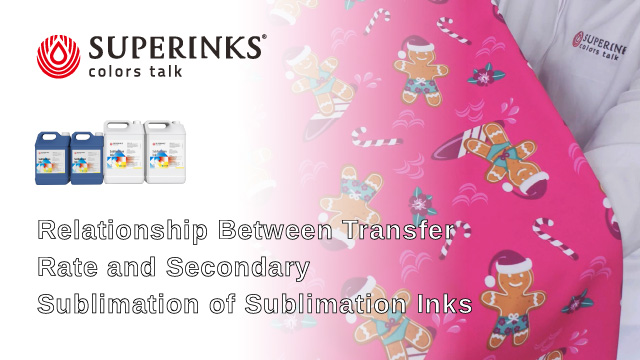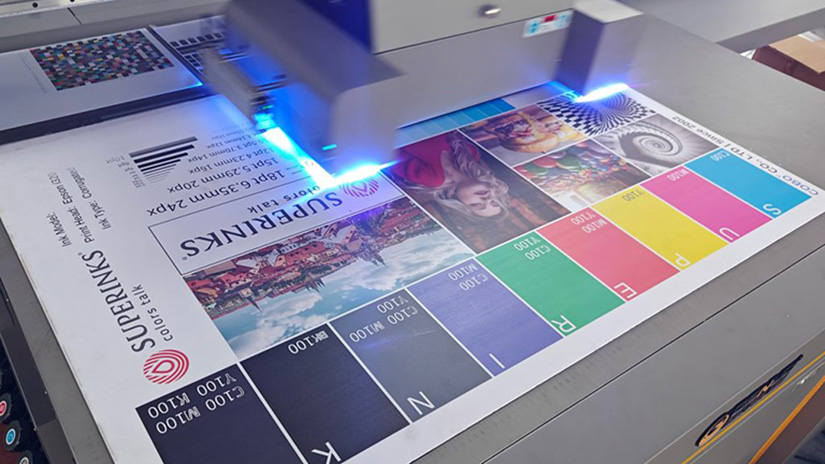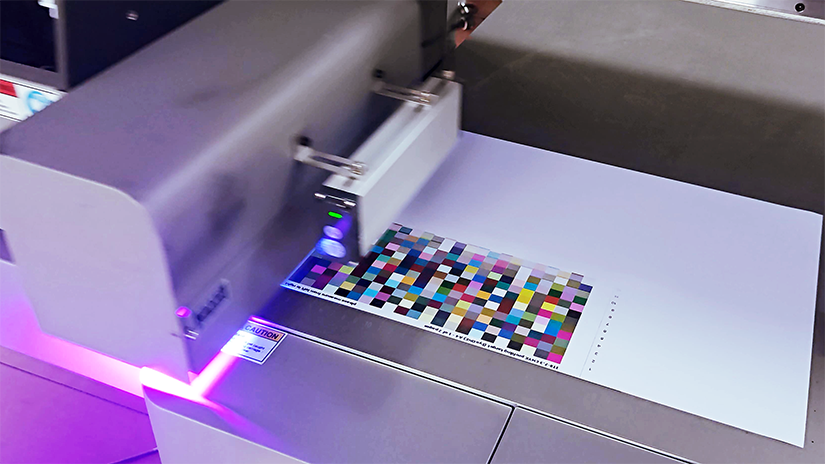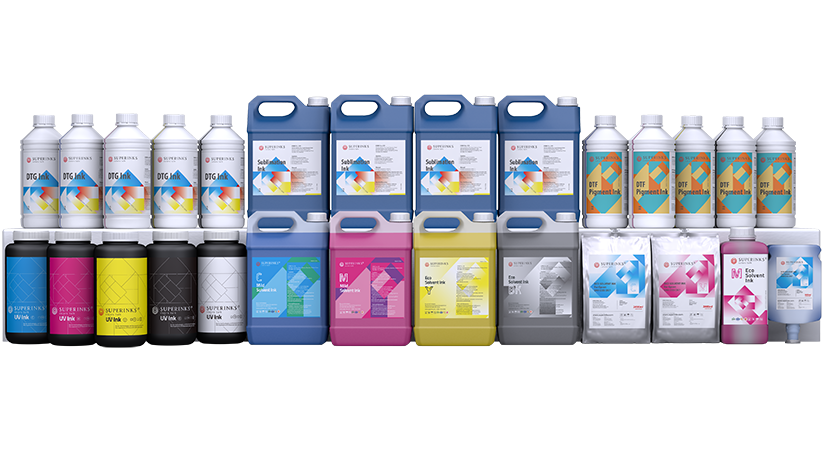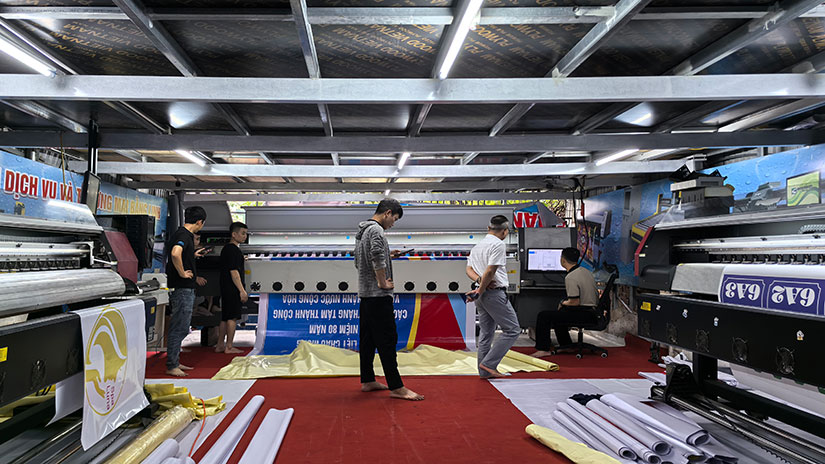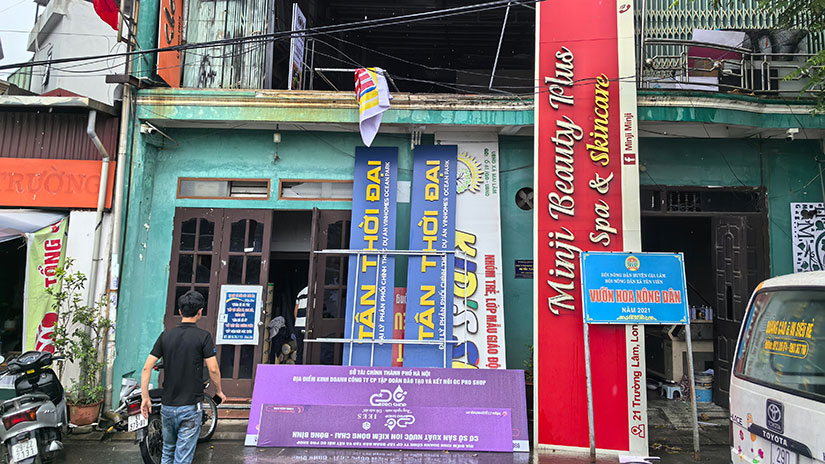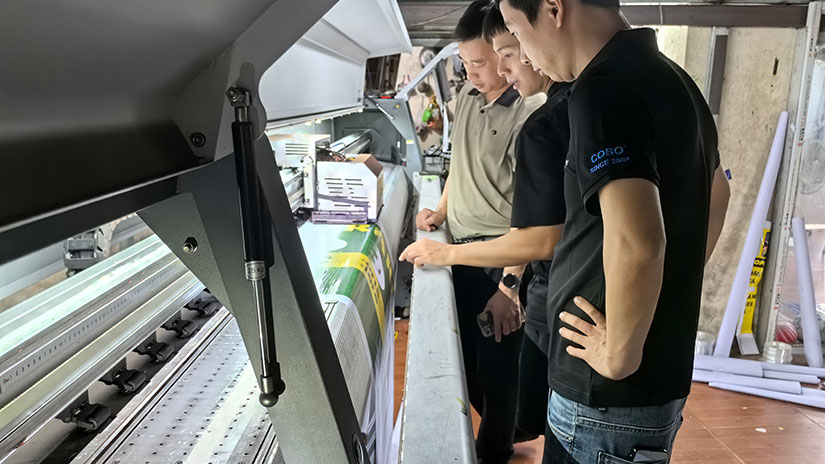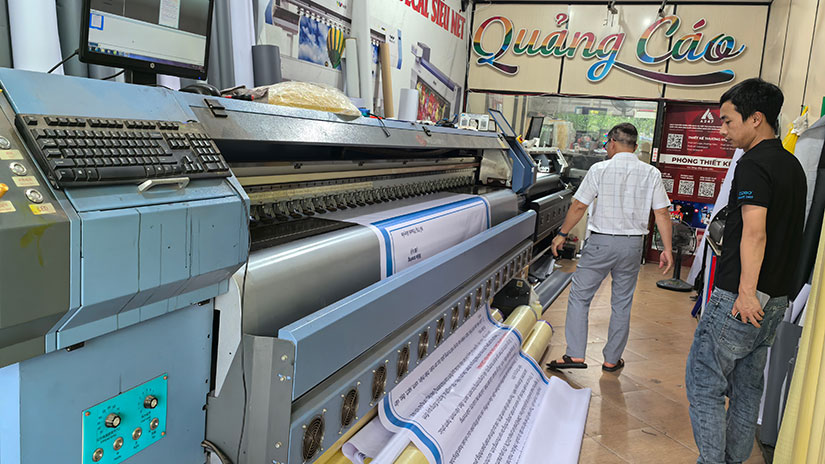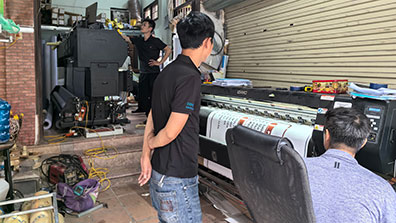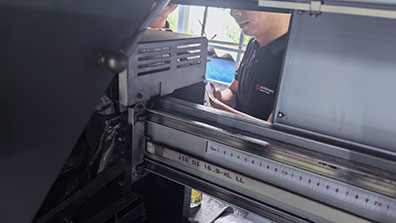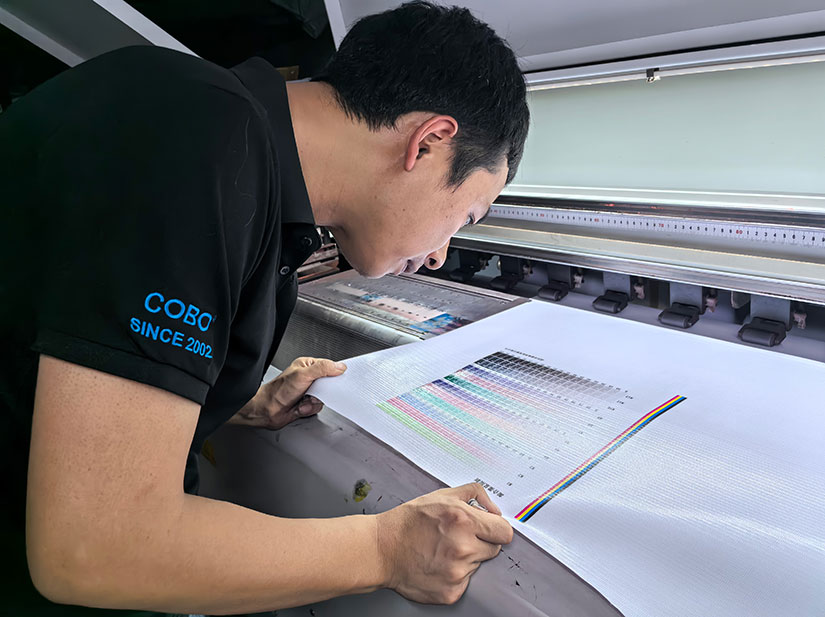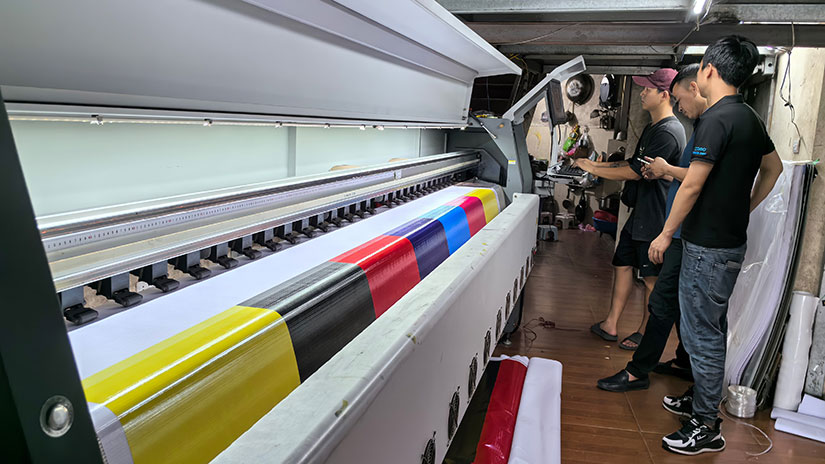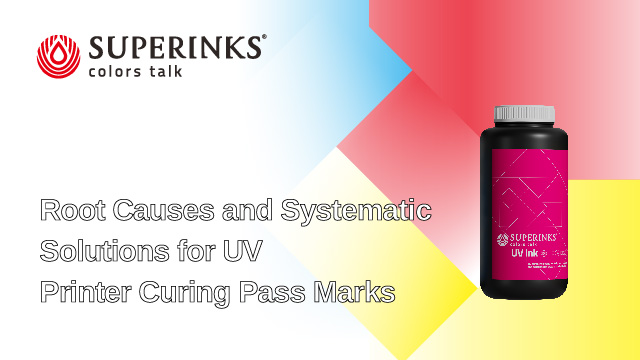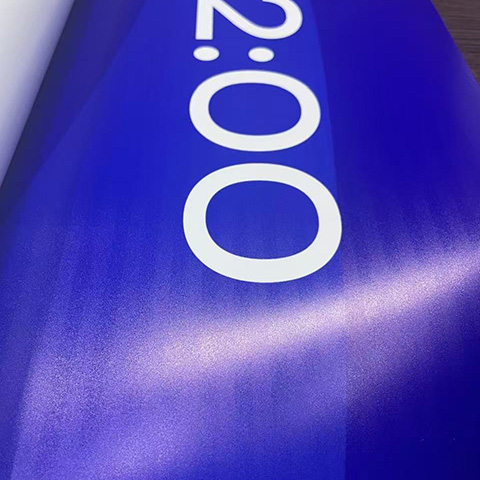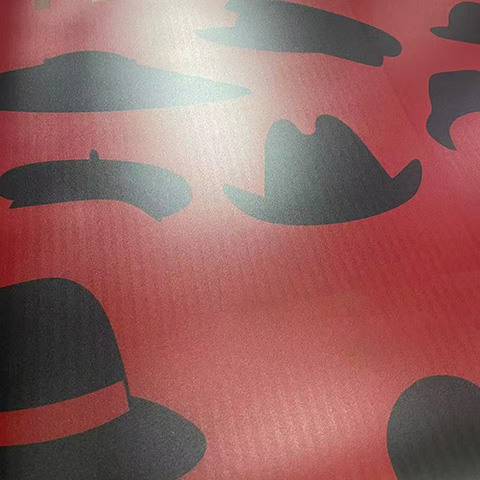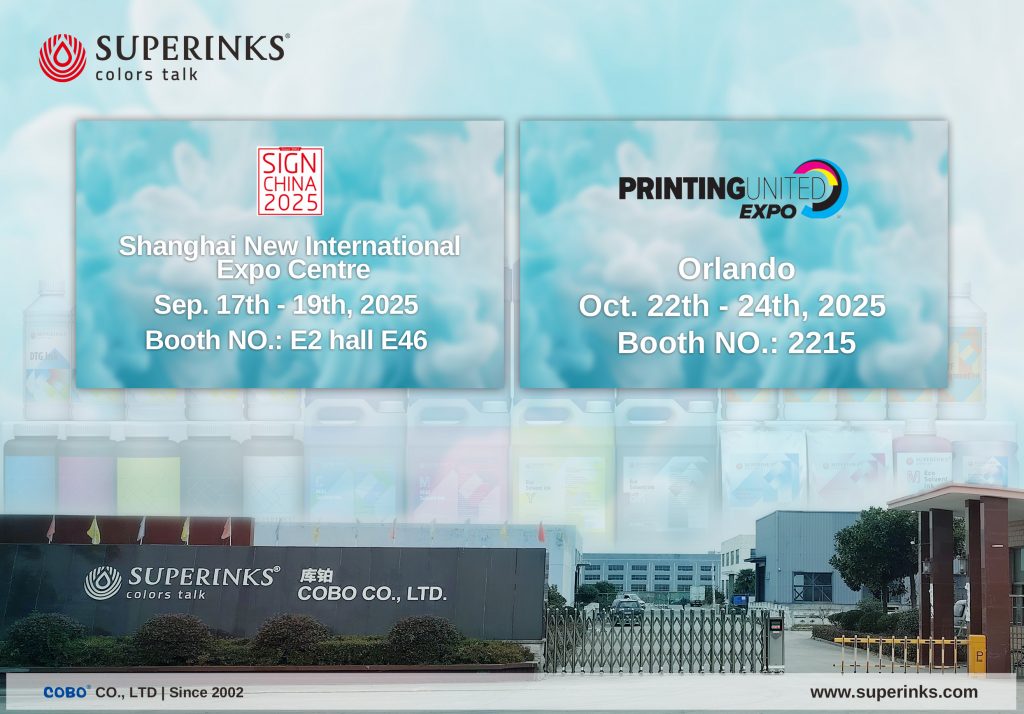Relationship Between Transfer Rate and Secondary Sublimation of Sublimation Inks
The transfer rate of sublimation inks (defined as the efficiency of ink migration from the carrier to the substrate during the initial transfer process) and secondary sublimation (referring to the phenomenon where dyes already adhered to the printed product undergo re-sublimation and migration under subsequent high-temperature conditions) are core indicators that are closely interrelated and mutually influential. In essence, both concepts revolve around the “stability and migration rules of dye molecules,” and their specific relationship can be analyzed from three dimensions: “the impact of transfer rate on secondary sublimation,” “the reverse effect of secondary sublimation on transfer performance,” and “the logic of collaborative optimization.”

I. Core Logic: Transfer Rate Determines the “Basic Probability” of Secondary Sublimation
The level of transfer rate directly affects the residual state of dye molecules on the substrate, including molecular quantity, distribution density, and bonding firmness—all of which serve as the core prerequisite for the occurrence and severity of secondary sublimation. It is crucial to note that a “higher transfer rate does not equate to better performance”; instead, it must be balanced with the “dye fixation effect” to ultimately determine the risk threshold of secondary sublimation.
1. Excessively Low Transfer Rate: Low Risk of Secondary Sublimation but Poor Print Quality
When the initial transfer rate is insufficient (e.g., due to inadequate temperature or pressure leading to incomplete ink migration), the total amount of dye molecules attached to the substrate is limited, and most remain concentrated on the surface layer (without penetrating deep into the substrate’s fibers or coating):
- From a quantitative perspective: The base number of dye molecules available for secondary sublimation is small. Even when exposed to high temperatures later, only a minimal amount of molecules will migrate, resulting in no significant “color fading or pattern blurring.”
- From a qualitative perspective: Surface-bound dyes that fail to penetrate deeply are prone to detachment during washing or friction, which in turn masks the impact of secondary sublimation. However, this essentially leads to poor print durability (characterized by light colors and easy fading)—a scenario defined as “false low risk caused by low transfer rate.”
2. Excessively High Transfer Rate (with Insufficient Fixation): Sharply Increased Risk of Secondary Sublimation
If an “excessively high transfer rate” is achieved by overly raising the temperature or extending the transfer time, but the dye molecules fail to form stable bonds with the substrate (e.g., the molecular gaps in polyester fabrics do not fully “lock in” the dyes, or the ceramic coating is not completely cured), the dye molecules on the substrate will be in a “highly saturated yet highly active” state:
- The dye molecules are only physically filled on the surface or shallow layer of the substrate, without forming chemical adsorption or intermolecular forces.
- When exposed to temperatures above 120°C (such as high-temperature ironing, drying, or summer exposure) afterward, these active dye molecules easily regain kinetic energy, break through surface constraints, and undergo secondary sublimation. This manifests as “print fading, pattern edge blurring (with dyes migrating to non-patterned areas), and color unevenness”—issues that are particularly prominent on light-colored substrates or fine patterns.
3. “Moderate Transfer Rate with Sufficient Fixation”: Controllable Risk of Secondary Sublimation
The ideal scenario is characterized by “up-to-standard transfer rate (60%-80%, varying by substrate) + sufficient dye fixation”:
- Up-to-standard transfer rate: Ensures color saturation and clarity meet requirements, with an adequate amount of dye molecules penetrating deep into the substrate (e.g., the amorphous regions of polyester fibers or the micro-pores of ceramic coatings).
- Sufficient fixation: Through precise temperature and time control, dye molecules form stable bonds with the substrate—such as hydrogen bonds and van der Waals forces between polyester molecular chains and dye molecules, as well as chemical cross-linking between the coating and dyes.
- In this case, the number of “free dye molecules” capable of participating in secondary sublimation is extremely small. Even when exposed to conventional high temperatures (e.g., fabric ironing at 120-150°C) later, only negligible migration occurs, which does not affect the print’s appearance or durability.
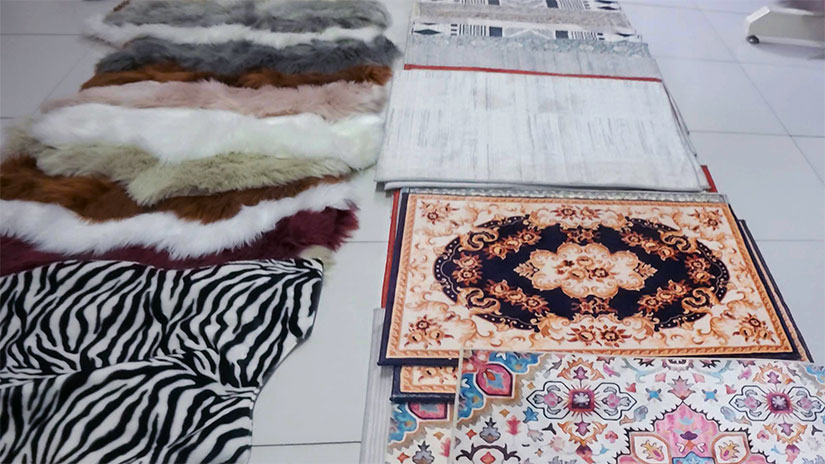
II. Reverse Effect: Secondary Sublimation as a “Touchstone” for the “Effectiveness” of Transfer Rate
The occurrence of secondary sublimation essentially serves as a test of the “quality” of the initial transfer. A high transfer rate value does not necessarily indicate good transfer performance; instead, the “effective transfer rate”—defined as the proportion of dyes that are truly fixed on the substrate and not easily migrated—must be evaluated based on the stability of secondary sublimation.
- Case 1: Sample A has an initial transfer rate of 85%, but after a high-temperature test at 180°C, the color loss rate reaches 30% (indicating severe secondary sublimation). This reveals that its “effective transfer rate” is only 59.5% (85% × 70%), with a large number of dyes remaining in a free state—classified as “invalid high transfer rate.”
- Case 2: Sample B has an initial transfer rate of 75%, but after a high-temperature test at 180°C, the color loss rate is only 5% (indicating slight secondary sublimation). Its “effective transfer rate” reaches 71.25% (75% × 95%). Although the initial transfer rate is slightly lower, the actual transfer quality is significantly better.
It is evident that the stability of secondary sublimation helps identify “false high transfer rates.” Some processes (e.g., excessive high temperature) can improve short-term transfer rates but compromise dye fixation, increasing the risk of secondary sublimation and ultimately reducing print durability (such as fading of outdoor signs or blurring of patterns on clothing after washing).
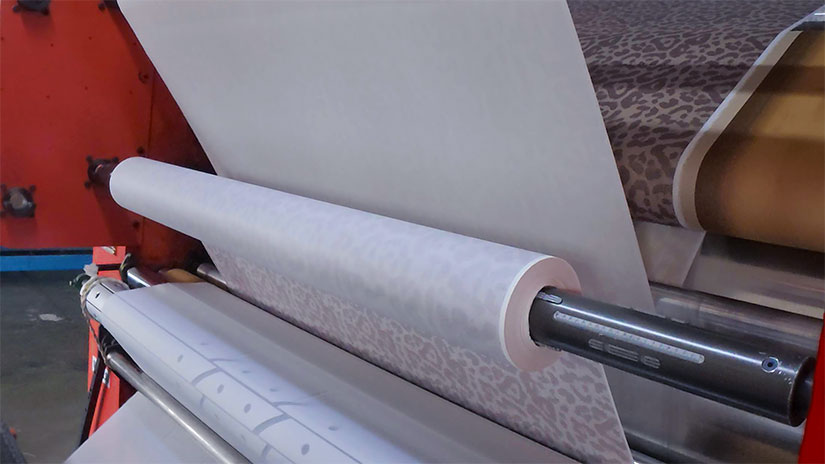
III. Collaborative Optimization: Core Strategies for Balancing Transfer Rate and Secondary Sublimation
To achieve both “high transfer rate” and “low risk of secondary sublimation,” process optimization must focus on the “balance between dye molecule migration and fixation,” with the following core strategies:
1. Precisely Control Initial Transfer Parameters to Avoid Extreme Settings
- Temperature: Avoid blindly pursuing excessively high temperatures (e.g., control the temperature at 190-210°C for polyester fabrics instead of exceeding 230°C—temperatures above 230°C easily cause excessive dye sublimation, making it difficult for dyes to fully bond with the substrate). Ensure that while dyes are fully sublimated, there is sufficient time for them to adhere to the substrate.
- Time: Avoid overly short durations (which result in incomplete transfer) or overly long durations (which lead to reverse dye migration and substrate aging). For conventional fabrics, control the time at 20-30 seconds; for rigid substrates (e.g., ceramics), set it to 30-60 seconds.
- Pressure: Ensure tight adhesion between the carrier and the substrate (to minimize ink loss) without damaging the substrate (to prevent fiber or coating structure damage, which would impair dye fixation).
2. Select Inks and Substrates with “High Fixation Performance”
- Inks: Prioritize “high-purity, low-volatility” sublimation dyes (e.g., disperse dyes C.I. Disperse Red 60 and Blue 359). Their molecular structure enables better bonding with polyester or coatings, reducing the number of free molecules.
- Substrates: For fabrics, choose high-count, high-density polyester (with more regular fiber gaps that facilitate dye locking); for rigid products, select “cross-linked coatings” (e.g., silica-modified coatings for ceramic mugs, which can form chemical bonds with dyes).
3. Incorporate “Post-Treatment Processes” to Enhance Dye Fixation
- For Fabrics: After transfer, conduct “low-temperature setting” (120-140°C for 5-10 seconds) to promote polyester fiber shrinkage and further lock in dye molecules.
- For Rigid Substrates: After transfer, perform “coating curing” (e.g., baking ceramic mugs at 150°C for 20 minutes) to enable full cross-linking between the coating and dyes, reducing the likelihood of secondary sublimation.
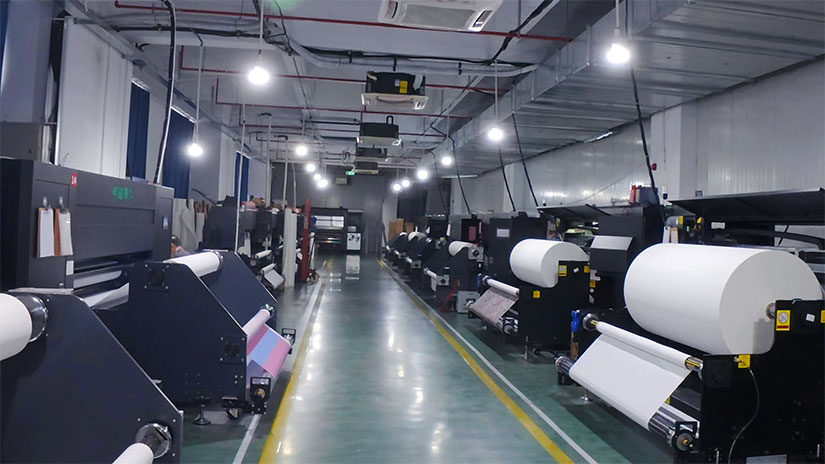
Conclusion: A Two-Way “Cause-Effect + Inspection” Relationship Between Transfer Rate and Secondary Sublimation
- Cause-Effect Relationship: The “level and quality” of the initial transfer rate—specifically, whether it is accompanied by sufficient fixation—directly determines the risk level of secondary sublimation. A low transfer rate (even with good fixation) results in low risk but poor quality; a high transfer rate (with poor fixation) leads to high risk; a moderate transfer rate (with good fixation) ensures controllable risk.
- Inspection Relationship: The stability of secondary sublimation can reversely verify the “effective transfer rate” of the initial transfer, preventing misleading conclusions from “false high transfer rates.”
- Core Goal: The objective is not to pursue a “100% transfer rate,” but to achieve a balance between “up-to-standard transfer rate” and “stable secondary sublimation” through process optimization—ultimately ensuring the print’s color performance and long-term durability.
